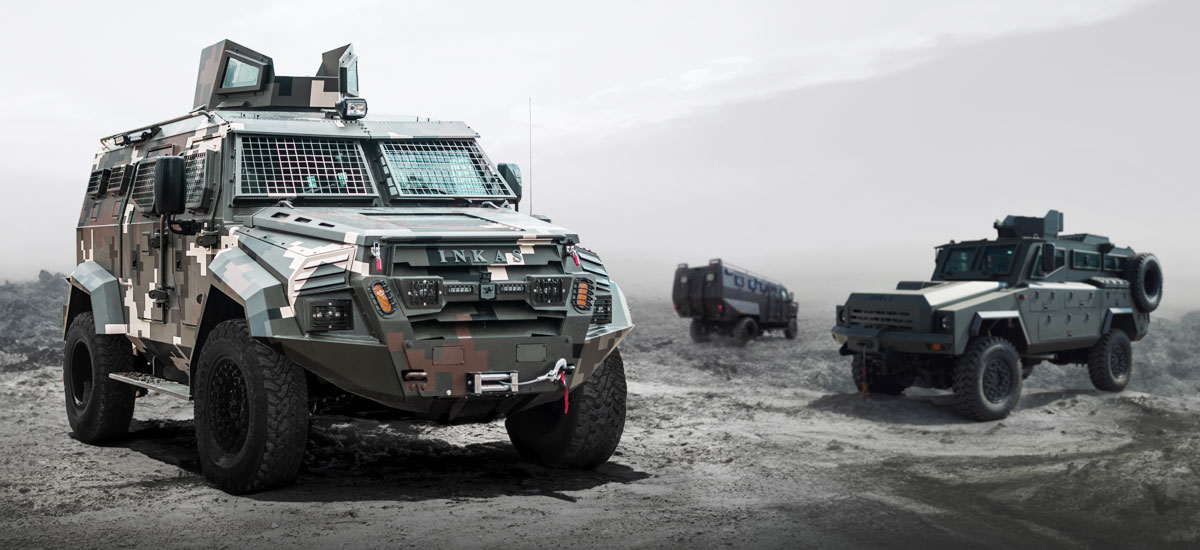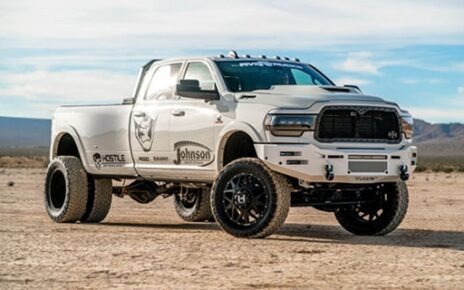In the past, armored vehicles were symbols of elite security — reserved for political figures, high-ranking officials, and military personnel. But today, the landscape has changed dramatically. From corporate executives to private citizens, more people are turning to armored cars as a practical solution for personal safety. The rise in demand reflects both evolving global challenges and remarkable advancements in automotive technology.
Let’s explore the reasons behind this growing trend and why armored cars have transitioned from a luxury niche to a mainstream necessity.
1. Rising Global Security Concerns
A World of Increasing Uncertainty
One of the main reasons armored cars are becoming more common is the surge in security threats across various regions. Political instability, economic crises, and urban crime have made secure transportation a priority for many individuals and businesses.
In certain parts of the world, carjackings, kidnappings, and armed robberies occur frequently — even in areas once considered safe. As a result, armored vehicles provide peace of mind and an additional layer of defense against unpredictable events.
Personal Safety as a Priority
For business leaders, diplomats, and celebrities, the threat landscape has expanded. These individuals often travel through areas that expose them to potential attacks or harassment. Armored cars ensure they can move freely and securely, regardless of local conditions.
2. Technological Advancements in Armoring
Lightweight Materials and Smart Design
A decade ago, armored cars were heavy, sluggish, and easily recognizable. Today, modern armoring techniques have completely transformed the experience. Thanks to lightweight ballistic materials like composite armor, aramid fibers, and Kevlar, manufacturers can integrate protection without adding excessive weight.
These innovations preserve the vehicle’s agility, fuel efficiency, and handling — making armored cars as comfortable and smooth as their unarmored counterparts.
Integration Over Modification
Instead of retrofitting armor after production, modern armored cars are designed with protection built into their core structure. This seamless integration allows for greater durability, better balance, and an exterior that looks indistinguishable from standard models.
Manufacturers like Troy Armoring armored cars exemplify this engineering precision, blending advanced protection with discreet design so drivers and passengers enjoy both safety and elegance without compromise.
3. Expanding Use Beyond High-Profile Clients
A Shift Toward Civilian Ownership
Previously, armored cars were associated with VIPs, government officials, or law enforcement. However, the perception of armored vehicles has evolved. Today, successful entrepreneurs, medical professionals, and even families are investing in them.
The motivation is simple — protection shouldn’t be a privilege reserved for the elite. With more affordable armoring solutions and flexible customization options, secure mobility is now accessible to a broader audience.
Corporate and Diplomatic Demand
Many multinational corporations provide armored transportation for executives traveling to unstable regions. Likewise, embassies and NGOs rely on these vehicles for safe movement in high-risk zones. This surge in professional demand has contributed to the normalization of armored cars on global roads.
4. Blending Luxury and Security
Style That Doesn’t Compromise Safety
One of the biggest reasons behind the growing popularity of armored cars is the ability to maintain luxury aesthetics. Manufacturers have perfected the art of combining high-end design with tactical protection.
Modern armored cars feature premium interiors, noise insulation, and advanced infotainment systems. Passengers can enjoy the same level of comfort and sophistication found in top-tier luxury brands, all while being shielded from external threats.
Discreet Design for Everyday Use
Unlike military vehicles, these cars don’t stand out. They retain the sleek, polished look of standard luxury sedans or SUVs. This subtlety allows owners to blend into their surroundings — a vital factor in avoiding unwanted attention or potential targeting.
5. Enhanced Safety Technologies
Smart Defense Systems
The modern armored car isn’t just about physical protection; it’s also about digital and mechanical intelligence. Cutting-edge safety features such as 360° surveillance cameras, night vision systems, run-flat tires, and explosion-resistant fuel tanks work together to create a comprehensive safety ecosystem.
Some vehicles also include panic buttons, GPS tracking, and communication systems that connect directly to security teams. These features make armored cars proactive rather than reactive when it comes to safety.
Certifications and Testing Standards
Manufacturers must meet rigorous international safety certifications before releasing a vehicle. Testing includes ballistic trials, blast simulations, and structural durability checks to ensure real-world reliability.
This transparency has built consumer trust, reassuring buyers that their vehicles are truly capable of protecting them under extreme circumstances.
6. Global Expansion and Availability
Growing Market Accessibility
As demand grows, more manufacturers are entering the armored vehicle sector. This increased competition has led to innovation, better designs, and reduced costs — making armored cars available in more regions than ever before.
Dealerships and armoring companies now offer tailored solutions to meet different protection levels and budgets. Whether for urban executives or families in unstable zones, there’s a model to suit nearly every need.
7. The Future of Armored Transportation
Innovations on the Horizon
With advancements in lightweight materials, electric drivetrains, and autonomous technologies, the future of armored cars is more exciting than ever. Manufacturers are focusing on integrating green technology with security — offering electric armored cars that combine sustainability and safety.
Artificial intelligence is also being used to monitor threats and enhance defensive responses, marking the next phase of evolution in the armored vehicle industry.
Conclusion: Safety Meets Modern Necessity
The increasing prevalence of armored cars reflects a broader societal shift — where safety has become as essential as comfort and status. These vehicles no longer symbolize exclusivity; they represent preparedness and peace of mind.
As technology continues to evolve, armored cars will only become more efficient, stylish, and accessible. Whether used by government officials or private citizens, they stand as a testament to how far human innovation has come in merging protection with performance.





